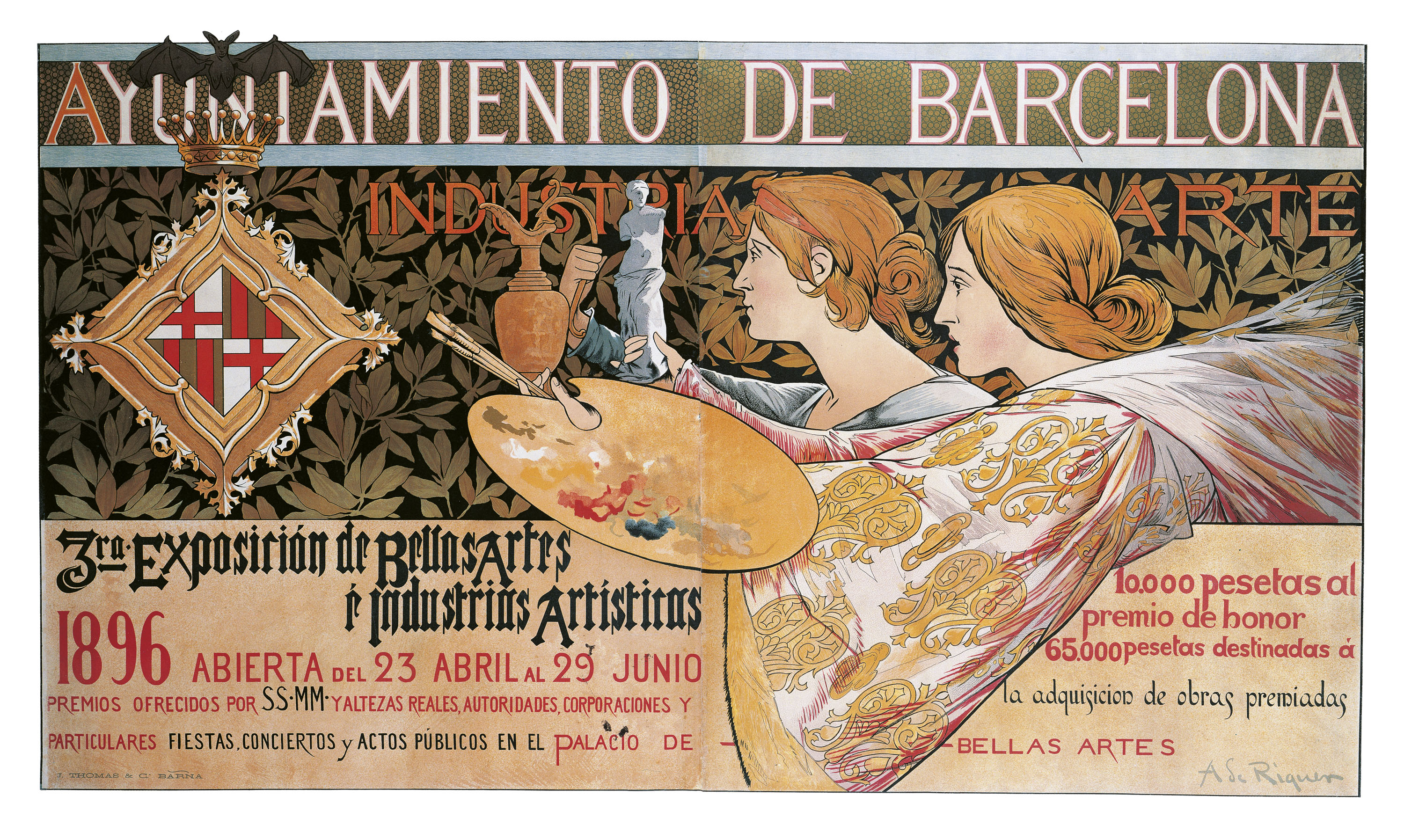The "New Woman" attends college
The "New Woman" attends college
The "New Woman" cared not only about her appearance, but about education and her personal and professional development too. A larger number of women were winning the right to attend university or college. Some were obtaining a professional education, often at prestigious all-female colleges, and becoming lawyers, doctors, journalists and professors. Women finally went beyond the borders of the home and switched from the reproductive labor (housekeeping, cooking and child raising) to the productive work in economic sector. New activities demanded new, more suitable, clothes - the shirtwaists and tailored suits came into fashion.
The "New Woman" showed interest not only in enjoying and studying arts, but also in developing her talents in various artistic fields as a way of self-expression. Women changed the passive role for an active one: women actually created art pieces and a new generation of women artists had emerged.
Those avant-garde women were open to the radical changes and extraordinary solutions in fashion. They began to replace large hats with wide brims for smaller hats with flat brims. They introduced the bobbed hair in 1909, before it became a fashion trend of the 1920s, and often supplemented hairstyle with postiches, small individual wigs, curls, or false buns.
Do you want to know more?
- Ethel Wright, Success. June 1902, 1902
- Blanche Ostertag, Carson Pirie Scott & Co, circa 1899-1902; Alphonse-Marie Mucha, Chocolat Idéal, before 1897 and Anonymous, Why Not Have a Gas Range, before 1903
- Émile Berchmans, Institut Comercial des Industriels du Hainaut, before 1903; Edward Penfield, Harper's August. Tom Sawyer Detective, 1896 and Maxfield Parrish, Copco Bathsoap, 1896
- Josep Maria Tamburini, Woodland Harmonies, circa 1896 and Francesc Masriera, A Schubert's Melody, 1896
- Alexandre de Riquer, 3ra. Exposición de Bellas Artes é Industrias Artísticas, 1896
- Emili Vilà, Preparatory photography for the poster "Taking Ways!", circa 1920-1925 and Emili Vilà, Untitled [France Dhélia], circa 1925


















